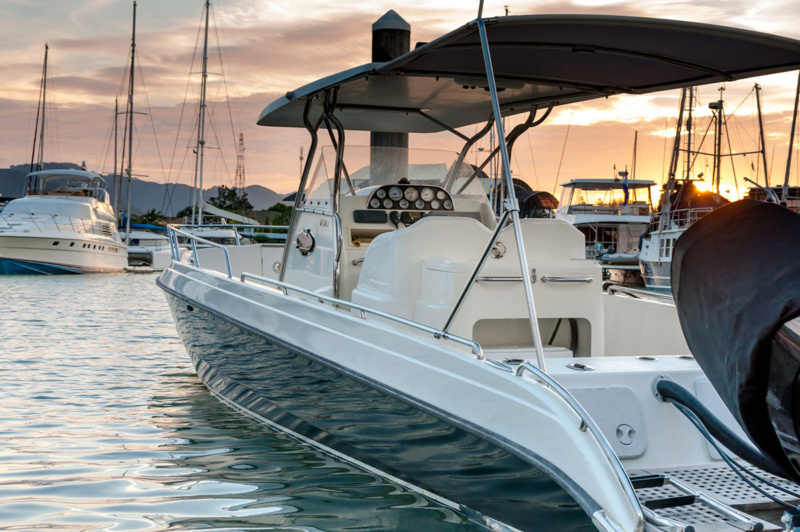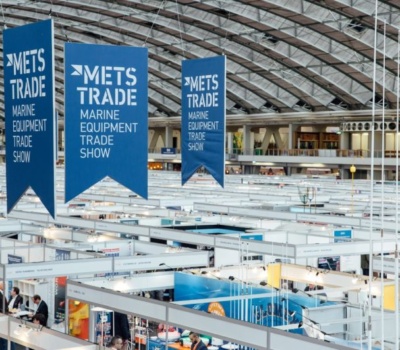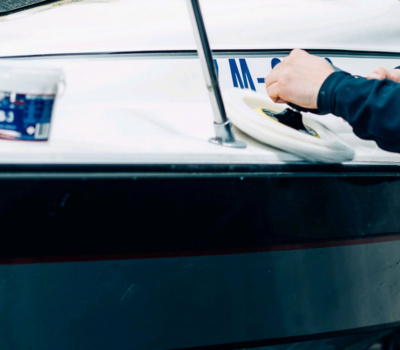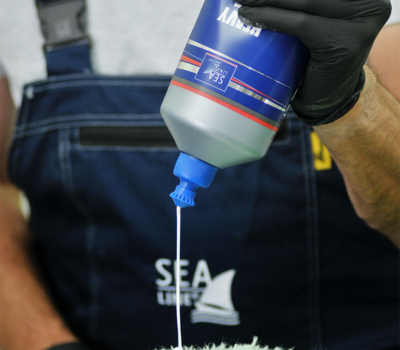We are expanding our offer by introducing two new products that will provide boat enthusiasts and laminate processors with even greater possibilities in the field of repairs and construction. Here are our proposals.
Now available in two sizes – for both professionals and enthusiasts who need a flexible and durable material for repairs and construction. Our gelcoat features excellent adhesion, ensuring not only strength but also ease of use.

Here is our secret for even better results! The paraffin corrector that we can now offer adds a new quality to the process of working with laminates. The paraffin corrector will be particularly useful in the hands of enthusiasts engaged in small laminate repairs.
Both products are perfect for laminate processing as well as hobby use. They offer excellent quality and durability. In addition, they are an excellent choice for small repairs of laminate boats, providing not only the strength of repairs but also comfort in the area of processing.
Check out our new Sea-Line 2024 products!

Come and join us at METSTRADE 2023, METSTRADE the best event for marine industry professionals,

Visit us and our production plant without traveling

New in the 2023 season is a new polishing wool The new black and white

We are pleased to invite you to visit our YouTube channel. We’ve released new instant
We recommend to always sand the surface between applying two different products to ensure uniform surface roughness and adhesion of subsequent layers. The sanded surface should also be cleaned and degreased.
Yes, you can paint the bottom of the boat with polyurethane paint due to its high mechanical strength. We recommend this solution when the boat is not launched for a long time and is not exposed to fouling.